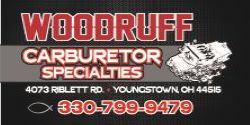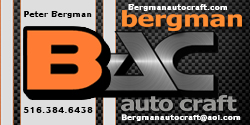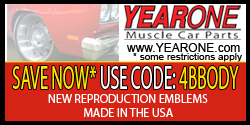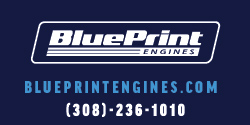fullmetaljacket
Well-Known Member
- Local time
- 5:56 PM
- Joined
- Oct 15, 2010
- Messages
- 1,871
- Reaction score
- 3,335
- Location
- Brooklyn, New York
Who here runs a custom center link with intentional bends in them to clear obstacles underneath?
If the link is fabricated to have a few bends in it to clear stuff and has the correct length and OD of the original, will it work?
If the link is fabricated to have a few bends in it to clear stuff and has the correct length and OD of the original, will it work?

















